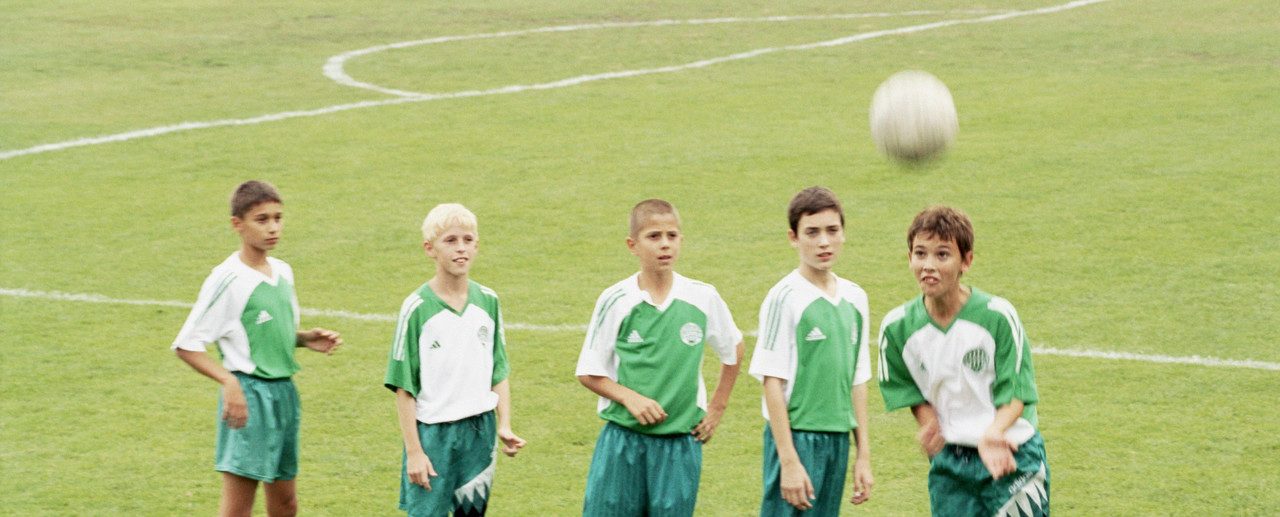February 23, 2018
Getting Your Child To Listen: The Art of Redirection

What word do parents use most frequently with young children?
My guess would be “no.” As in … “NO!”
As in, you keep telling them not to do something, over and over again, and they do it anyway.
Is there a reason for this?
Yes.
Actually, there are two reasons.
YOU MIGHT ALSO LIKE: Why Face-to-Face interaction Matters to Babies
One is a no-brainer. Kids’ motivations differ from their parents. That big ole mud puddle that will wreck the nice clothes right before you are going out to dinner? That’s not what your toddler sees. They see a great opportunity to do something extremely interesting to them. They jump in it, it splashes on them, and they have created an effect that is both sensory and cognitive. They are little scientists, even though they are covered in mud.
While this point is a no-brainer, there is a more subtle aspect to it, which takes us to reason number two. When you are telling kids “NO!” you are typically running counter to a strong emotional current. Reasoning with that current is not the most effective strategy for the beleaguered parent, especially in the moment. (We will return to this point later.) Your young child is functioning on pure octane, driven to explore. This is not a bad thing – in fact, it’s a great thing. But of course, it doesn’t mean young children get to do what they want, when they want.
Which takes us back to “NO” … or rather the cycle in which “NO” eventually becomes “YES.” That’s right, kids are very good at using their emotions to wear down their parents. It becomes a dance. Kid does something, parent says “no,” kid keeps going for it, parent says “NO,” kid gets even more revved up (screaming and whining might occur here), parents says “NOOOO!” but kid ignores, finally parent acquiesces with a “YES.” This cycle (noted by researchers many decades ago) is a typical pattern that parents and kids fall into.
There are two things to keep in mind here. One, the child is learning that all that ignoring, stomping, pushing forward, whining, screaming, and complaining is actually quite effective. It takes some time, certainly requiring good stamina, but it really works! Even if the parent wins on occasion, the model gets established – whoever lasts the longest (or yells the loudest) gets their way. And that feeds into point number two, which is that the whole thing is driven by emotions spinning out of control.
So, armed with this insight, what can a parent do? The key is to recognize that you need to regulate your child’s emotions in order for them to listen to you. If you aren’t handling the emotions, all the words and reasoning will mean nothing to your kid, and you just may fall into the pattern described above. It’s emotional poker. You say “NO,” and your kid will raise you a “I’m going to do what I want.” They aren’t inherently being oppositional, they are just trying to keep doing what they are motivated to do.
YOU MIGHT ALSO LIKE: Social Skills Matter in Early Childhood
Thus, step number one is to control the emotions. Keep them in check. You are the adult, and you are modeling how these things go down. Start getting frustrated? So will your kid. Start yelling? Get ready for some yelling back. (Social scientists used to refer to this type of stuff as a “matching law” principle). Keep your cool? Your kid may not be as cool as you, but you are preventing the wild escalation of emotions that leaves you drained and frustrated and your kid getting their way.
Once you establish emotional control, the best thing to do is something that should become your best friend – the art of redirection. This is a trick that every good dog trainer knows. It’s not especially effective to try to train your dog NOT to do something. It’s much better to teach a dog what TO DO. You don’t want them to do their business in the house. Yelling and punishing a dog for doing that is ludicrous. You teach them, step by step, to do their business outside. In essence, you redirect their instincts by teaching them what you want them to do.
You can massage this with kids, in the moment, when you need them to listen to you and stop doing something you don’t want them to do. Your kid is eyeing that mud puddle, and is getting ready to make the dash. Say “NO!” and be prepared for dirty clothes and maybe a bit of mud on you as well. Taking your child (gently) by the hand and REDIRECTING their attention to something else interesting (you are going to have to improvise in the moment) that is a “YES” and not a “NO” will REDIRECT their emotions elsewhere. Maybe it’s a cute puppy that is nearby. A flower. A cool-looking car. Whatever. You know your kid. Just redirect their attention to something else that’s pleasing. If you keep it calm, and actually act positive toward the object of redirection, it will really work.
There is one disclaimer here. If you have established a pattern of the “NO NO NO … YES” cycle there will be a learning curve. Remember your child has learned to push back. Stay calm and amp up the positive emotion toward redirection. Kids have relatively short attention spans. They can get interested in something else pretty darn quick. Use that to your advantage.
Now, one last thing. There is that question of reasoning with your child. Should you bother? Yes and no. Yes in the sense of sneaking in a quick explanation as you redirect. Like “oh we’ll get all dirty in the puddle, hey let’s go look at that puppy!” Trying for more than that will get you lost in the emotions and undermine the redirect. Just gauge the amount of reasoning to your child. A little here and there is great. Too much of it kills the redirect. Let’s be practical: you are trying to get your kid to behave, not deliver a tutorial on the principles behind your reasoning.
With that it mind, it’s also appropriate to conclude that redirecting is also much preferable to “laying down the law.” Why? If you turn these moments into power struggles, your child will be learning that this is the way to handle contentious moments. Even if you win, your kid will be absorbing the greater principle that whoever yells the loudest gets their way. While that might work for you when your child is four years old, good luck when the teen years come your way and the tables get turned.
Part of our job as parents is to be practical and find ways to guide our kids’ behavior that work. It’s not just to be the disciplinarian or the explainer. It’s to take what we know about young kids – what drives their thoughts and emotions and behaviors – and apply strategies that work in the moment. And what’s the deeper lesson absorbed via redirection?
You can’t always do what you want to do, but you can find something else to do that works just as well.
This is an idea that will come in handy for your child for years to come.
YOU MIGHT ALSO LIKE: 3 Ways to Promote Creativity Through Art-Based Play


